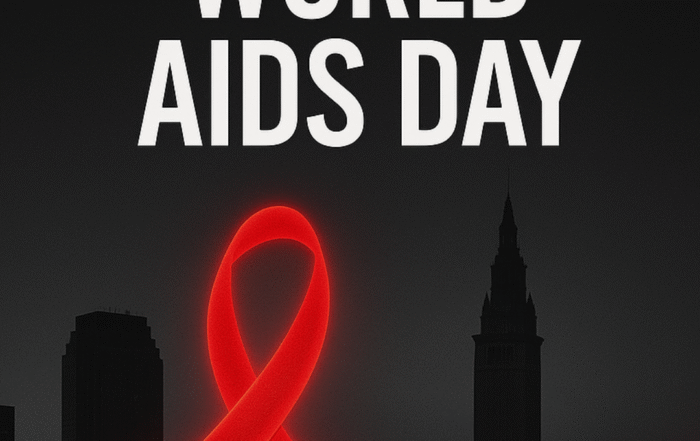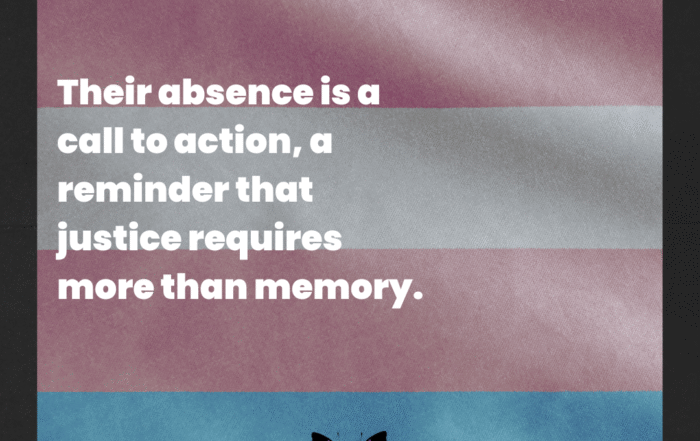1 in 10 Patients Start Buprenorphine via Telehealth—Why It Matters
A recent study published in JAMA Network Open reveals that 1 in 10 buprenorphine treatments for opioid use disorder (OUD) are initiated via telehealth. Even more notably, 20% of these patients had no in-person visits with a prescribing clinician within two years before or 30 days after starting treatment. These findings highlight telehealth’s critical role in expanding access to Medication-Assisted Treatment (MAT)—a life-saving form of harm reduction.
Why This Matters
Access to MAT remains one of the most significant barriers for people seeking support for opioid use disorder. Many individuals face transportation challenges, limited provider availability, stigma, or financial barriers preventing them from receiving the necessary care. Telehealth is proving to be an effective tool in removing these obstacles, allowing more people to begin treatment safely and conveniently.
At Save Our Families, we do not provide MAT services but strongly advocate for low-barrier access to care. Research continues to show that more lives are saved when treatment is made easier to access. Harm reduction is about meeting people where they are, and telehealth is proving to be a vital part of that equation.
Looking Ahead
As policies evolve, it’s important to support approaches prioritizing accessibility, equity, and evidence-based care. We encourage further investment in telehealth services, provider training, and community outreach to ensure that anyone who wants treatment can receive it, without unnecessary hurdles.
about author
Created by the team at Save Our Families.
subscribe to our newsletter
Join the Save Our Families newsletter for updates on community care, mental health tools, healing stories, and events you won’t want to miss.
Note: We promise not to flood your inbox—just healing vibes, resources, and real talk.
Recent Posts
Save Our Families Invites Cleveland Residents to a Crochet Workshop
CLEVELAND, OHIO — December 8, 2025 —Save Our Families, in partnership with A2:21:4C, is proud to announce a free community-centered crochet workshop taking place on Wednesday, January 14, 2026, from 6 to 8 PM. The
World Aids Day: A Personal Reflection from the President of Save Our Families
Growing up in Cleveland in the early 1990's, I watched my mother, Nita S. Steele, move through the AIDS epidemic with a kind of courage and tenderness that still shapes me today. I was young
Trans Day of Remembrance: Their absence is a call to action
At Save Our Families, we focus on centering the voices of those with lived experience, so today we will do that in honor of our trans brothers and sisters. In 2023, I met Lysithea, pre-transition,




